Rocket Launch As Seen From The Space Station
Rocket Launch as seen from the space station
More Posts from Sciencebloggin and Others
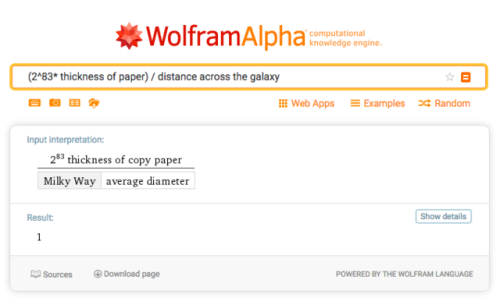
Did you know that if you folded a piece of paper in half 83 times, it would be as tall as the Milky Way galaxy is wide?
http://bit.ly/2D8clur
Sabía que piedra ganaba siempre

Brightest stars in night sky
The north face of Mt St Helens collapses at 8:32 a.m. on Sunday, May 18, 1980, creating the largest landslide ever recorded and signalling the start of a VEI 5 eruption, considered the most disastrous in US history.
Sunset lights the bottom of the clouds, viewed from above.
nprovince101
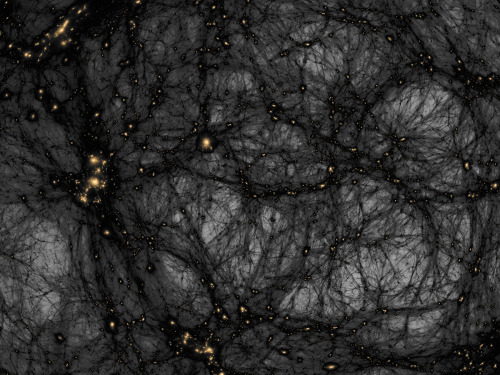
Distribution of dark matter in the universe, as simulated with a novel, high-resolution algorithm at the Kavli Institute of Particle Astrophysics & Cosmology (KIPAC) at Stanford University and SLAC National Accelerator Laboratory. (Via Space.com)
Credit: AMNH. They also have a friendly video introducing dark matter:

Exoplanets seen orbiting alien sun for first time.
For the first time in history, a telescope has directly observed the orbital motion of planets in a solar system other than our own.
Using the W.M. Keck observatory in Hawaii, Dr. Christian Marois of Canada’s Herzberg Institute of Astrophysics photographed the star HR 8799 periodically between 2009 and 2015. Jason Wang of UC Berkeley combined the eight images into an animation showing the relative motion of the star’s four planets. The planet closest to the star has an orbital period of 40 Earth years, while the furthest away is over 400. Three of the four planets were photographed directly in 2008, and were among the first exoplanets to be directly imaged. Because exoplanets are so far away from our solar system, light from their parent star is too bright to separate them in telescopic observations. Only recently has technology been developed to block out the parent star’s light. UC Berkeley is part of the Nexus for Exoplanet System Science, or NExSS, a NASA-sponsored group which aims to stimulate academic science into exoplanets and exoplanetary solar systems. The HR 8799 system is over 129 light years away.
More information here. P/C: UC Berkeley.

the new composite james webb image is so beautiful ive been staring at it for 10 minutes straight

featuring jupiters rings, amalthea (along with a bunch of other moons), the northern and southern auroras, and the great red spot
EDIT: FAQs answered here
The moon is beautiful

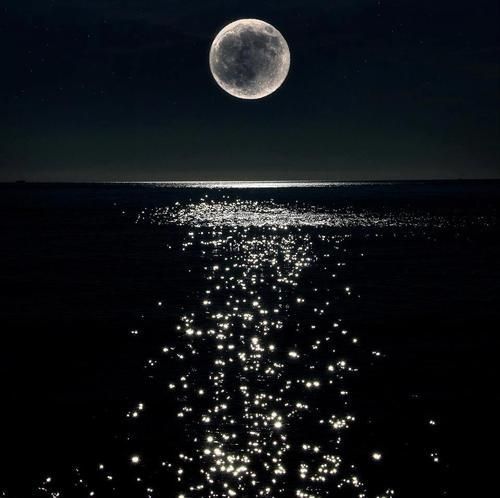
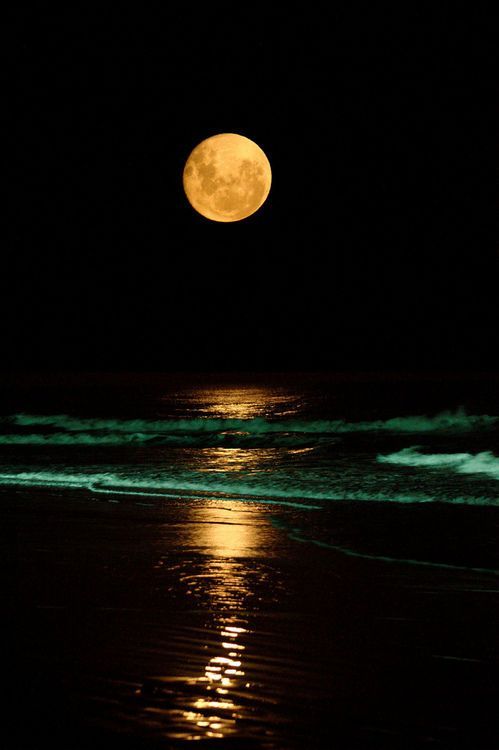
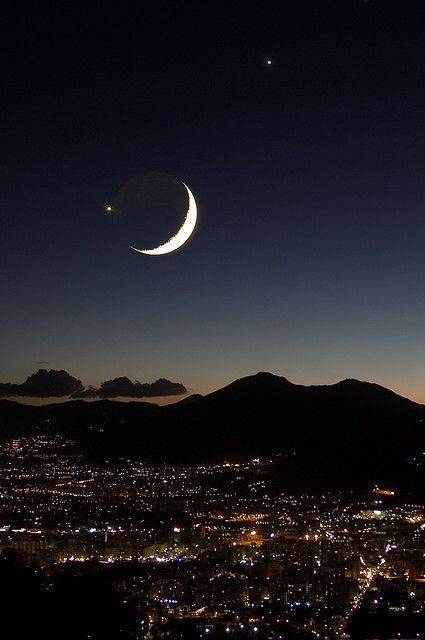
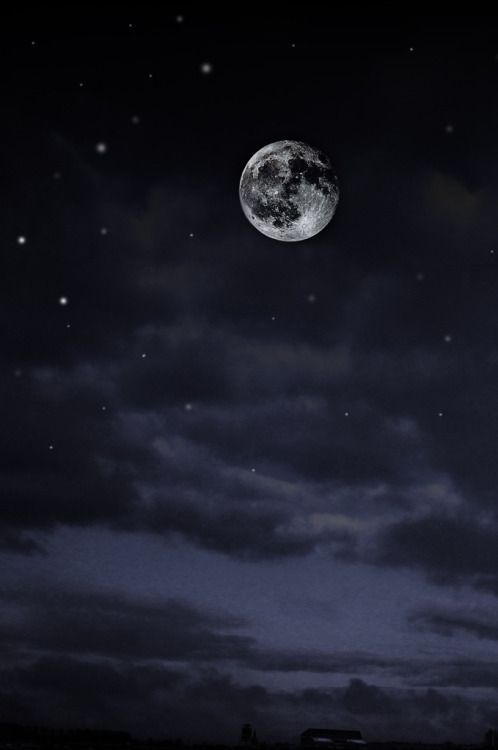


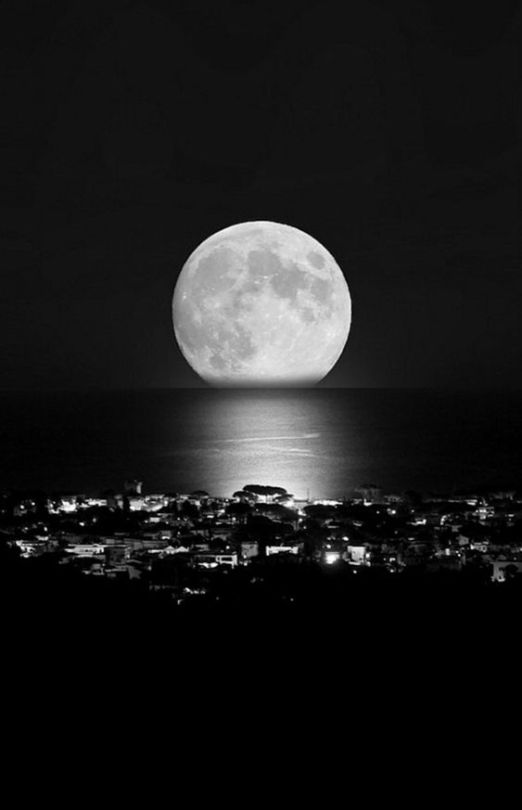
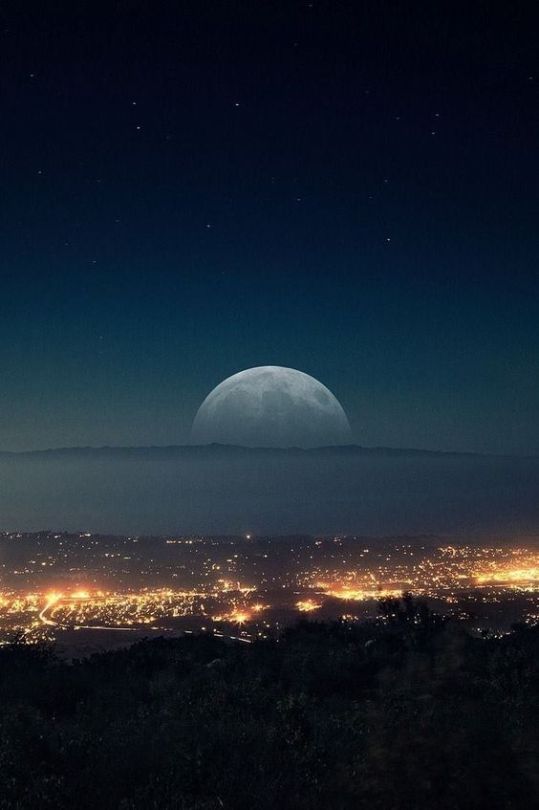


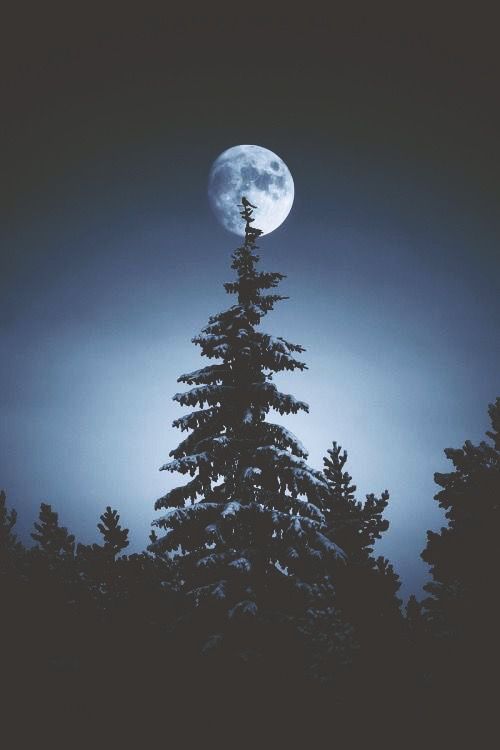
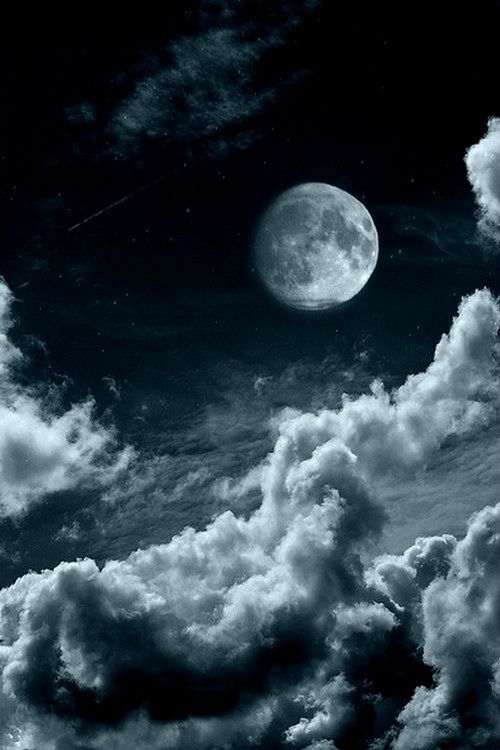







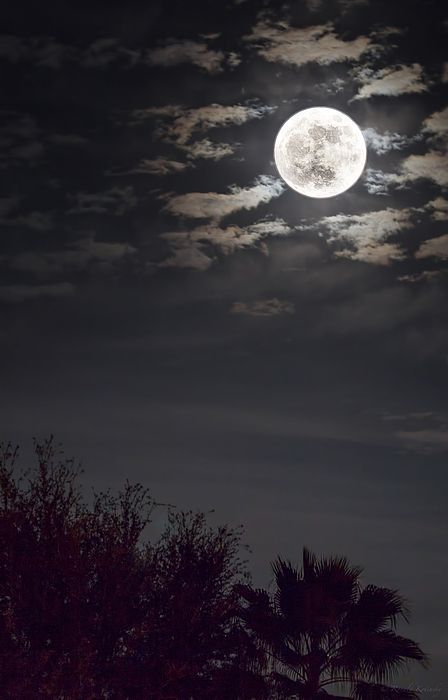





-
 herman1949 reblogged this · 1 year ago
herman1949 reblogged this · 1 year ago -
 catbui liked this · 1 year ago
catbui liked this · 1 year ago -
 prepsighroreti liked this · 1 year ago
prepsighroreti liked this · 1 year ago -
 sciencebloggin reblogged this · 1 year ago
sciencebloggin reblogged this · 1 year ago -
 hyraeth reblogged this · 2 years ago
hyraeth reblogged this · 2 years ago -
 omahanow liked this · 2 years ago
omahanow liked this · 2 years ago -
 artgonewrong69 liked this · 2 years ago
artgonewrong69 liked this · 2 years ago -
 mee-o0ww liked this · 3 years ago
mee-o0ww liked this · 3 years ago -
 spaziodihilbert liked this · 3 years ago
spaziodihilbert liked this · 3 years ago -
 detriti liked this · 3 years ago
detriti liked this · 3 years ago -
 terrorediubriaco reblogged this · 3 years ago
terrorediubriaco reblogged this · 3 years ago -
 hope1331 liked this · 3 years ago
hope1331 liked this · 3 years ago -
 bons777 reblogged this · 3 years ago
bons777 reblogged this · 3 years ago -
 eyes-inthe-dark liked this · 4 years ago
eyes-inthe-dark liked this · 4 years ago -
 ifihadhomework reblogged this · 4 years ago
ifihadhomework reblogged this · 4 years ago -
 69evanbz69 liked this · 4 years ago
69evanbz69 liked this · 4 years ago -
 layhyuk reblogged this · 4 years ago
layhyuk reblogged this · 4 years ago -
 getoffthisplanet26 liked this · 4 years ago
getoffthisplanet26 liked this · 4 years ago -
 harmcityherald reblogged this · 4 years ago
harmcityherald reblogged this · 4 years ago -
 schotsaert reblogged this · 4 years ago
schotsaert reblogged this · 4 years ago -
 schotsaert liked this · 4 years ago
schotsaert liked this · 4 years ago -
 feartheshadowsofnight liked this · 4 years ago
feartheshadowsofnight liked this · 4 years ago -
 54concreteman liked this · 4 years ago
54concreteman liked this · 4 years ago -
 54concreteman reblogged this · 4 years ago
54concreteman reblogged this · 4 years ago -
 boreman liked this · 4 years ago
boreman liked this · 4 years ago
